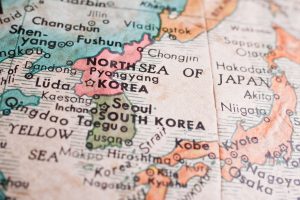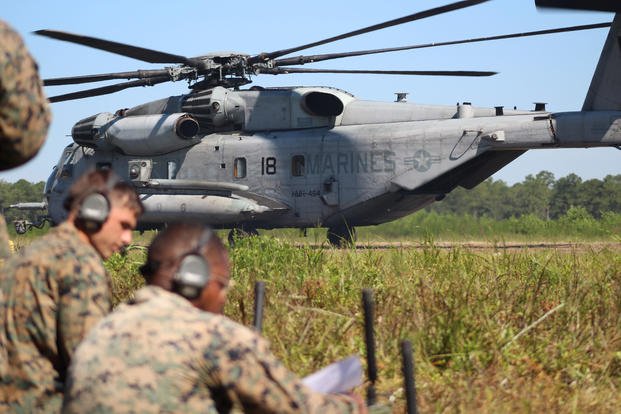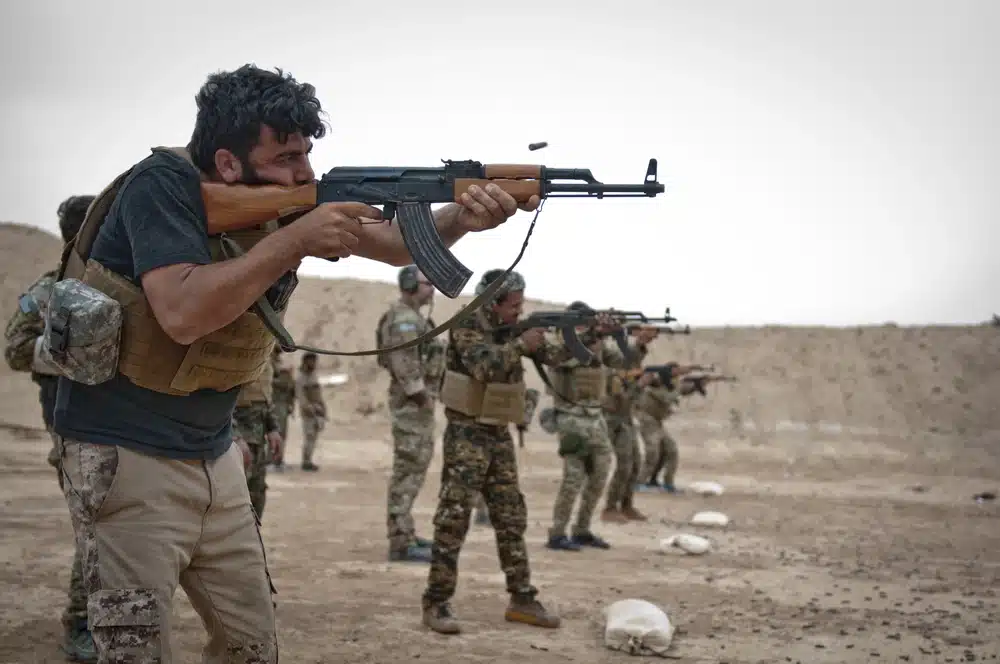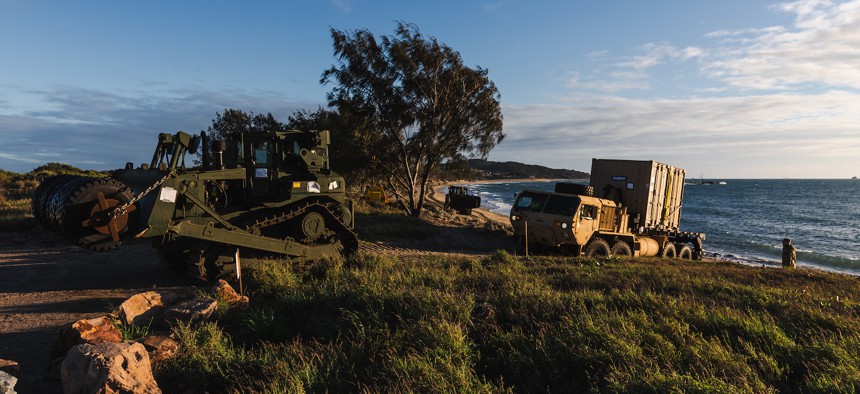Dr. Surendra Kumar Yadawa

1. Introduction
The decade from the global financial crisis (2008) to COVID-19 has seen a transformation of the new world order. This era of global uncertainty entails a different story and greater expectations for middle powers like India, Brazil, Germany, and South Africa on the path to becoming leading powers.
Consequently, India has to redefine relationships with different powers while considering of its interests. It also requires a new approach to dealing with its neighbours. The changing order—during the Cold War, it was largely bipolar and then briefly unipolar after the collapse of the Soviet Union, but now there is an emerging multipolarity. India the largest democracy in the world holds together as a single nation, manifests successes, achieved against the odds and deserves greater role in the Security Council of the United Nations.
It is India’s long-term record as a stable, multicultural democracy that lies behind its claims for a place (Guha, 2012). International Monetary Fund (IMF) report says India is set to be the world’s fastest-growing economy in 2023. Its GDP is expected to expand by 6.1%, well ahead of the emerging market average of 4% and five times the pace of the world’s average of 1.2%. India’s young consumers occupy pride of place in the growth forecasts of many Fortune 500 companies. This year, India will simultaneously hold the presidencies of the G-20 and the Shanghai Cooperation Organization (SCO)—a symbolic satisfaction for its efforts to be seen as a leading, rather than balancing, power on the global stage (Vaishnav, 2023, April 14). India is projected to be the fastest-growing large economy as well, at 5.9% this year. As PM Narendra Modi said recently, “India’s time has arrived.” India has the potential to be admired for not just the quantity of its growth but also the quality of its values. And that would truly be an incredible India (Zakaria, 2023, April 28). Introduction:
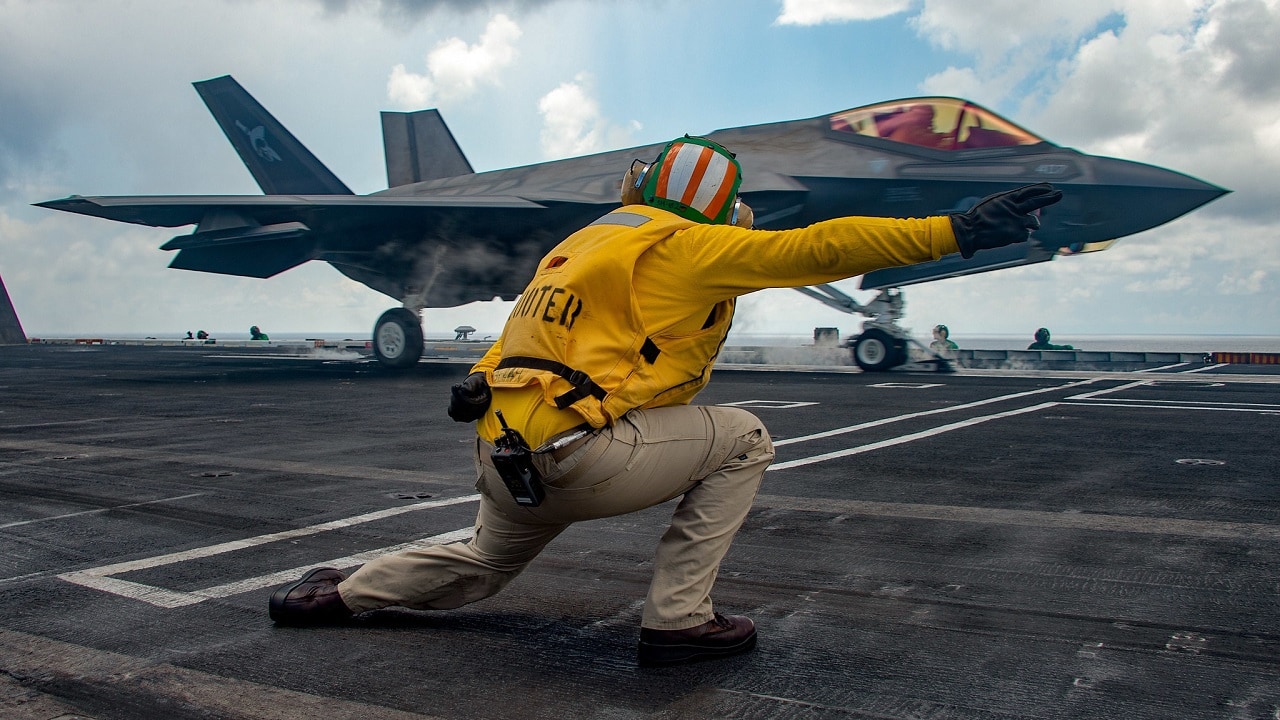


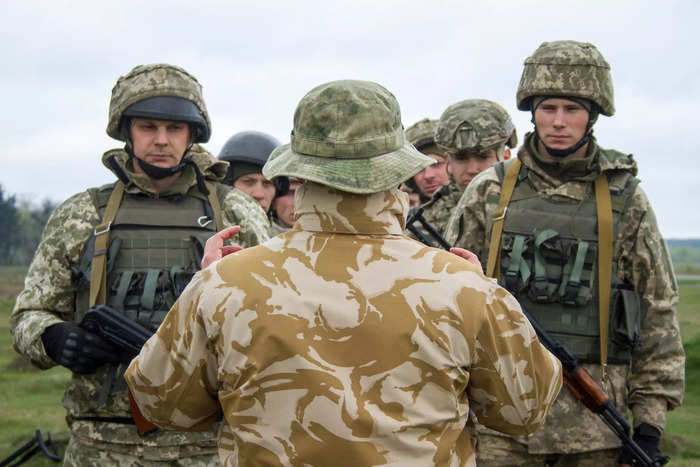
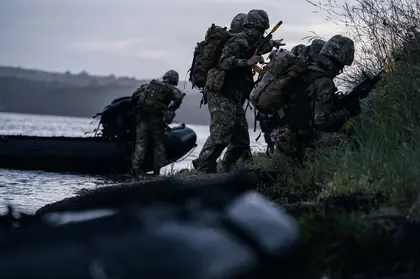
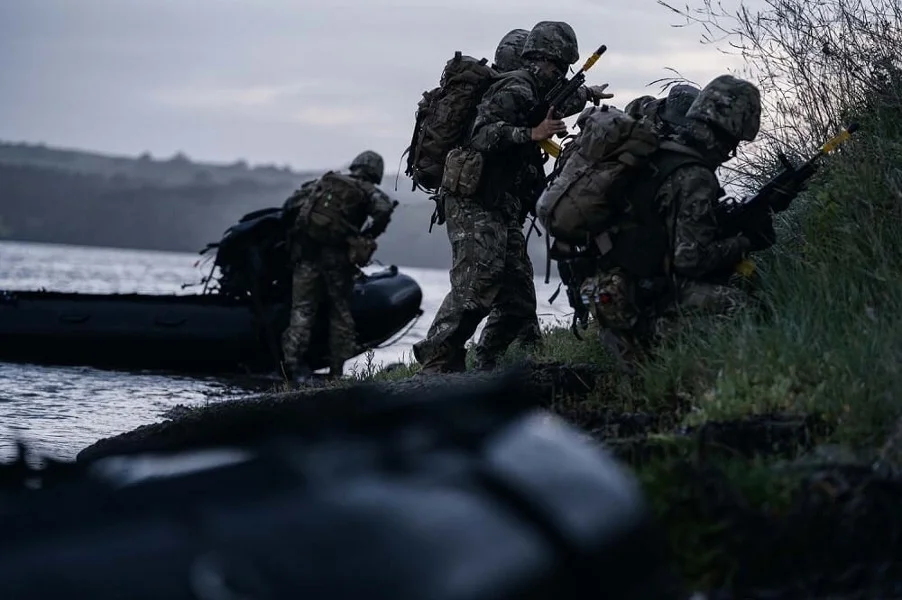
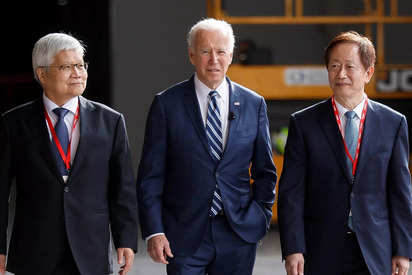
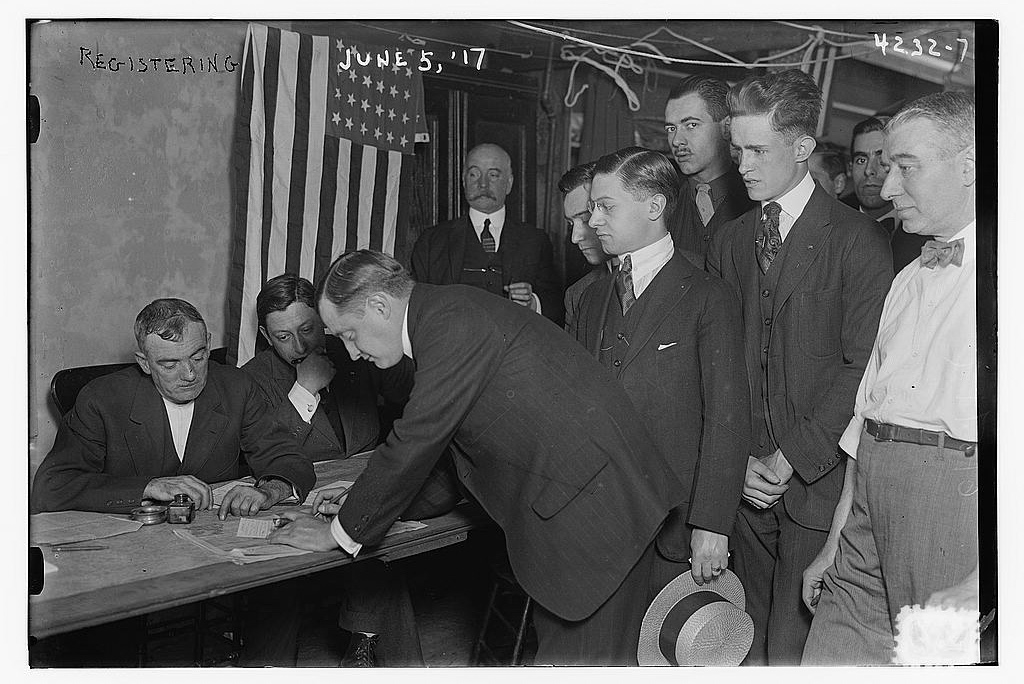


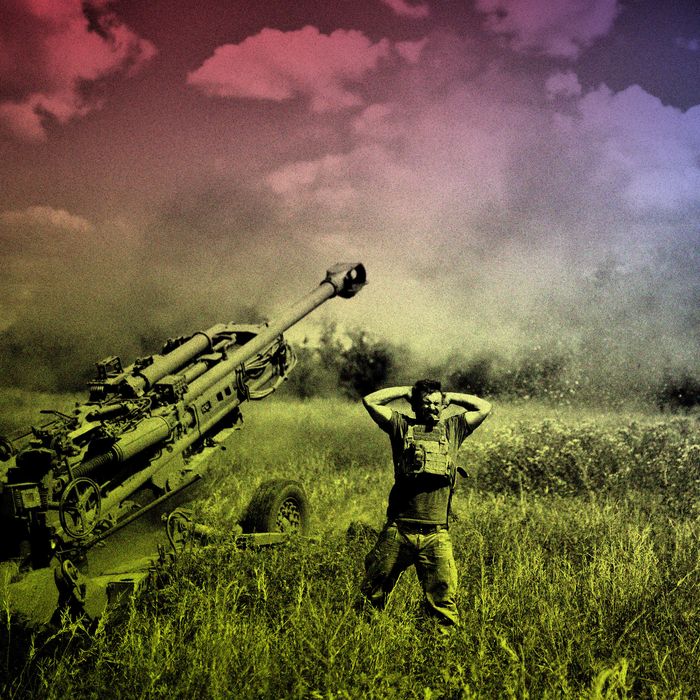

:quality(70)/cloudfront-us-east-1.images.arcpublishing.com/archetype/63R4NDN2XJFSBG4YWCOR66PZUA.jpg)
